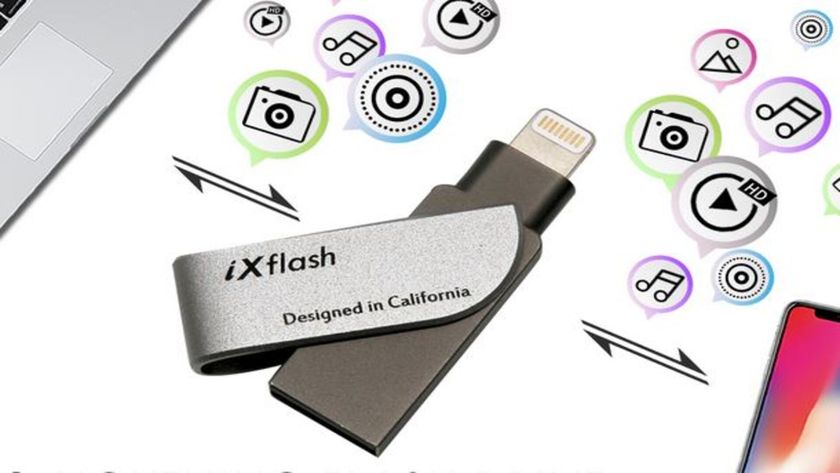Incoming: Amazon Prime Air drones are one step closer to takeoff
Fly, my pretties! Fly!

Just in time for Amazon Prime Day 2020 (whenever that is going to be), Amazon Prime Air won approval on Monday from the US Federal Aviation Administration to begin drone delivery operations, bringing the company one step closer to its goal of 30-minute drone deliveries to Amazon Prime members in the US.
According to CNBC, the FAA's decision came after the company spent years testing and training its drones, while also collecting data that showed drone deliveries could be carried out safely. They also demonstrated the drone delivery system for FAA inspectors to help get the aviation regulator on board.
The FAA's approval comes under Part 135 of FAA Regulations, which allows Amazon to carry goods on small drones beyond the visual sight of the drone operator.
"This certification is an important step forward for Prime Air and indicates the FAA’s confidence in Amazon’s operating and safety procedures for an autonomous drone delivery service that will one day deliver packages to our customers around the world," David Carbon, vice president of Prime Air, said in a statement.
Now that it's gotten its approval, Amazon Prime Air plans to start testing actual deliveries in limited markets within the US as it moves the technology forward.
Amazon first started testing drones as a means of delivery back in 2013, and in 2019, they submitted a petition to the FAA for approval to use drones to carry goods weighing five pounds or less to customers in low population areas in less than 30 minutes.
"We will continue to develop and refine our technology to fully integrate delivery drones into the airspace, and work closely with the FAA and other regulators around the world to realize our vision of 30 minute delivery," Carbon said.
Get daily insight, inspiration and deals in your inbox
Sign up for breaking news, reviews, opinion, top tech deals, and more.
Drone delivery dystopia?
Amazon isn't the only company keen on getting delivery drones in the sky. Google's parent company Alphabet has been testing drone delivery systems (Project Wing) for essential items like food and medication in Australia for a while. But there are some obstacles that need to be overcome before small packages can be delivered by drones.
The flying objects will need to be programmed to follow a certain path in all kinds of weather, not get tangled in overhead wires, avoid trees and birds, and abide by each country's local aviation laws. So, while this is exciting news, we'll have to wait a while before Amazon is able to roll this service out to all the markets it operates in.

John (He/Him) is the Components Editor here at TechRadar and he is also a programmer, gamer, activist, and Brooklyn College alum currently living in Brooklyn, NY.
Named by the CTA as a CES 2020 Media Trailblazer for his science and technology reporting, John specializes in all areas of computer science, including industry news, hardware reviews, PC gaming, as well as general science writing and the social impact of the tech industry.
You can find him online on Bluesky @johnloeffler.bsky.social


















